
There’s an undeniable thrill that comes with the open road, the roar of an engine, and the sheer freedom a motorcycle offers. Yet, beneath that gleaming chrome and powerful facade, lurks the potential for a “wallet-sized disaster”—the dreaded need for an engine rebuild far sooner than anticipated. This isn’t just about aging machines; even relatively new motorcycles can fall prey to internal maladies that demand extensive, and often costly, attention.
For many riders, the idea of an engine rebuild evokes a mix of apprehension and curiosity. The good news, as many experienced mechanics and DIY enthusiasts will tell you, is that “rebuilding an engine often costs less than buying a new one.” This makes it an appealing option for those looking to breathe new life into their beloved bike, enhance its performance, or even restore a classic. However, without a clear understanding of the warning signs, riders risk escalating minor issues into catastrophic failures.
In the world of motorcycles, proactive maintenance and keen observation are paramount. Recognizing the early symptoms of engine distress can be the difference between a minor repair and a complete teardown. This article aims to equip you with the expert knowledge to identify the critical tell-tale signs that your motorcycle’s engine might be in serious trouble, turning a potential disaster into a manageable repair project. We’ll delve into each common symptom, exploring its causes, the scale of repair typically involved, and the solutions to get your machine running strong once again.
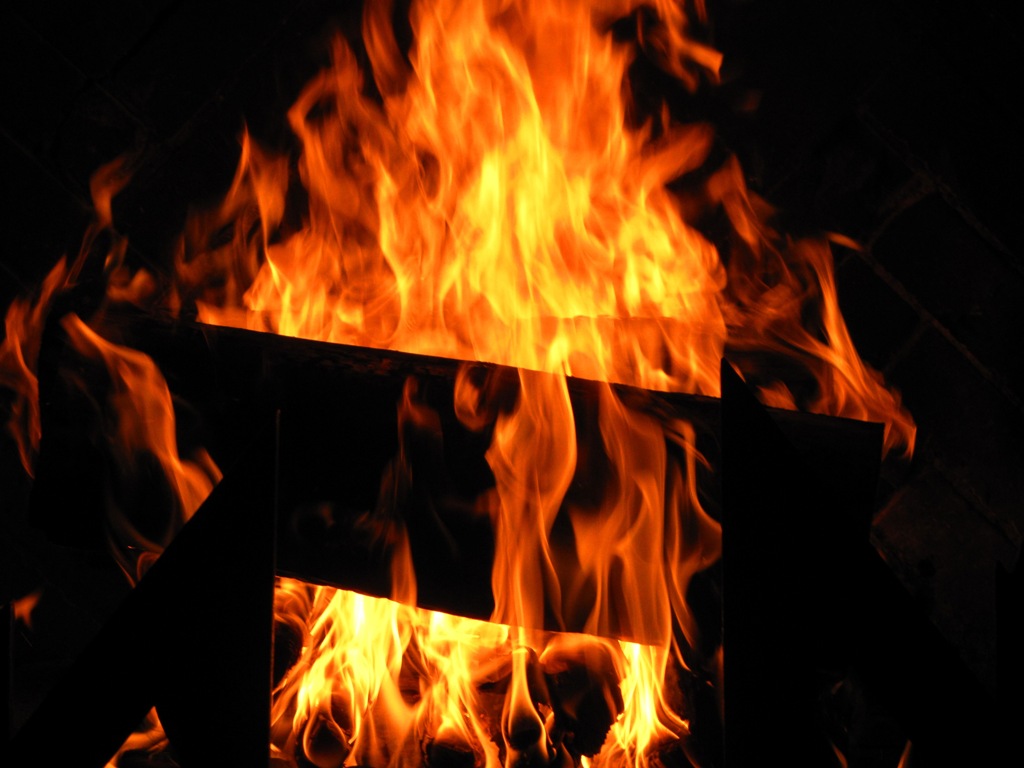
1. Frequent or Unexplained Overheating
Few things are as alarming to a rider as an engine that consistently runs hotter than it should, especially when there’s no clear explanation. This isn’t just an inconvenience; persistent overheating is a serious issue that generates intense combustion heat capable of discolouring chrome exhausts and, more critically, warping cylinder heads or causing a complete engine seizure. Ignoring this symptom is a sure path to significant internal damage and an expensive repair bill.
Overheating often traces back to several root causes, each demanding careful investigation. Faulty ignition or valve timing can throw off the engine’s combustion cycle, leading to excess heat. In liquid-cooled engines, a failing thermostat might prevent proper coolant circulation, trapping heat within the engine. Furthermore, an incorrect heat range spark plug can contribute to overheating or even lead to auto-ignition in extreme cases. Even a choked exhaust system can impact the motor’s back pressure, restricting the efficient exit of hot exhaust gases and exacerbating the problem.
Addressing frequent overheating calls for an extensive, inside-out investigation of all related systems. Begin by checking the spark plugs for correct heat range and condition, then move to ignition timing and thermostat functionality. Inspect the radiator and hose pipes for leaks, ensure the cooling fan is operating correctly, and check the exhaust system for any blockages. While minor radiator damage can sometimes be patched, it is generally recommended to replace a damaged radiator entirely to prevent future recurrences and ensure optimal cooling efficiency for the long haul. The “Scale of repair” for such issues typically ranges from Medium to Major, underscoring the importance of early detection.
Read more about: Tech Trouble in Every Drive: 12 Vehicle Infotainment Glitches Drivers Report as Most Frustrating
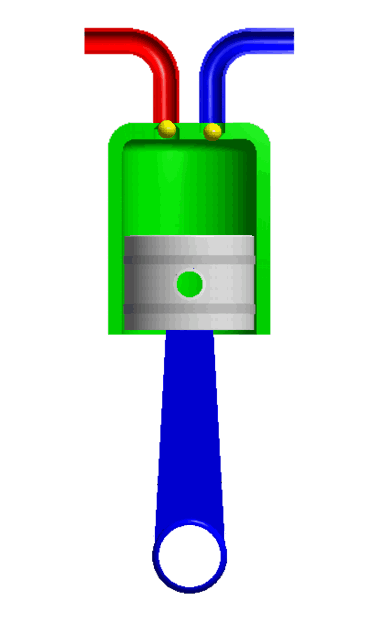
2. Seized or Broken Piston
A seized or broken piston is often the harbinger of an engine’s catastrophic failure, representing one of the most severe internal damages a motorcycle can endure. When a piston is compromised, riders will typically observe a pronounced loss in compression, a noticeable increase in exhaust emissions, and even gas leaks. These symptoms are stark indicators that the engine’s fundamental power-generating components have been critically compromised, demanding immediate and comprehensive attention.
The causes behind piston damage can be multifaceted and severe. A primary culprit is the loss of proper lubrication, often due to an oil pump failure. If an engine is pushed hard without adequate lubrication, not only the piston but also the crucial piston rings will suffer damage. Beyond lubrication issues, pistons can collapse or break due to fatigue fracture, particularly in substandard components, or as a result of a forced fracture. A forced fracture occurs when a foreign body, such as fragments of the connecting rod, crankshaft, or valves, enters the cylinder and impacts the piston while the engine is running. The context notes that common piston cracks appear either at the top of the piston, on the crown, or down the side.
The solution for a seized or broken piston is unequivocal: replacement. A damaged piston cannot be repaired and must be exchanged for a new one. This invariably necessitates re-boring the cylinder liner to ensure proper fit and optimal performance. During this major overhaul, other critical components must be meticulously inspected. Connecting rods will need thorough checking, along with big end bearings and gudgeon pin bushes. The crankshaft will also require balancing, and its bearings (including roller pins in older designs) must be replaced and balanced for smooth operation. For multi-cylinder engines, it’s a critical best practice to replace all pistons, regardless of how many appear damaged, to ensure consistent engine dynamics. This is unequivocally a “Major” scale of repair, highlighting the profound impact of such a failure.
Read more about: The Shocking Truth About Car Repair Costs: 14 Expensive Fixes That Can Drain Your Wallet
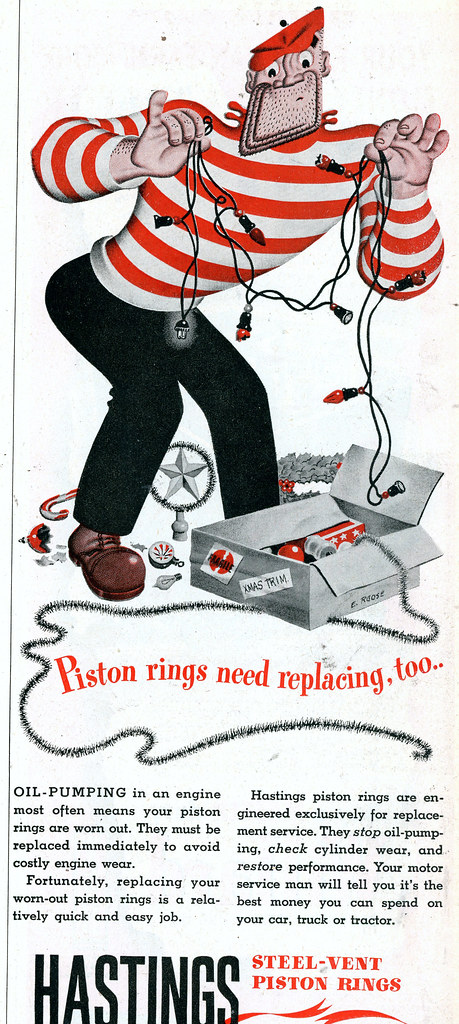
3. Loose Piston Rings
The intricate dance of piston rings within the cylinder plays a pivotal role in an engine’s health, primarily responsible for controlling oil pressure and regulating engine oil consumption. When these vital components become worn or damaged, and if not addressed in their early stages, they invariably pave the way for a cascade of more severe problems and complications that will undoubtedly demand an engine repair. Recognizing the signs of compromised piston rings is crucial for preventing escalating issues.
Typical symptoms of loose or failing piston rings are quite discernible. One of the most common indicators is engine oil finding its way into the combustion chamber, leading to frequent fouling of the spark plugs. This unwelcome ingress of oil into the combustion process also manifests as noticeable bluish-white smoke emanating from the exhaust. While bluish-white smoke can occasionally stem from other failing engine components, it is a hallmark symptom strongly associated with issues concerning the piston rings.
To accurately diagnose and address loose piston rings, a pressure test on the engine is a highly effective initial step, as it will precisely highlight the problematic area requiring attention. Another direct method involves removing the cylinder head to visually inspect the piston, the rings themselves, and the condition of the cylinder liner. If the cylinder bore is smooth, free of scratches, and the tolerances between the piston and liner remain within acceptable limits, a fresh set of rings will usually suffice. Naturally, essential consumables such as new gaskets and fresh lubricants must be changed during this “Medium” scale of repair to ensure a complete and effective solution.
Read more about: Decoding the Din: 13 Common Culprits Behind Your Car’s Suspension Noises

4. Blown Head Gasket
Observing a continuous plume of white smoke billowing from your motorcycle’s exhaust pipe is a clear signal that something is amiss internally, and among several possibilities, a blown head gasket stands out as a frequent and serious culprit. This component, crucial for sealing the combustion chamber, is vital for maintaining engine integrity. However, white smoke is just one piece of the puzzle; several other symptoms can precisely pinpoint a gasket leak.
In water-cooled engines, a blown head gasket often manifests as unexplained coolant loss, despite the absence of any visible external leaks. This internal leakage frequently leads to symptoms of persistent engine overheating. In more severe cases of overheating, a rider might even notice tell-tale signs like water bubbling vigorously in the radiator and the coolant reservoir, indicating that combustion gases are entering the cooling system. These distinct signs underscore the critical nature of the head gasket’s role and the impact of its failure.
The solution begins with the necessary step of removing the engine head for a thorough inspection. A surefire indicator of a blown gasket is when the water in the cooling jackets appears milky white or beige in color, signifying the mixing of oil and coolant. Such failures can occur due to factors like uneven torque applied to the head studs or bolts, or excessive heating that leads to warping of the aluminum head itself. If warping has occurred, the head must be sent to a specialist lathe shop equipped with milling machines for precise rectification. However, the context advises that “Repairing of a warped cylinder head isn’t recommended if the problem persists.” In such scenarios, a new replacement head is required for a fool-proof and lasting solution. This issue typically falls within a “Medium to major” scale of repair.
Read more about: Planning on Trouble? The 14 Engines and Models Most Likely to Leave You Stranded Before 100,000 Miles

5. Engine Oil Leaks
Few sights are as disheartening to a motorcyclist as returning to their parked bike and spotting tell-tale oil drops, often near the center stand. While it might start as just a few drops, neglecting these seemingly minor leaks can lead to a gradual and dangerous depletion of oil levels in the sump. This dip can severely compromise lubrication, potentially causing extensive and costly damage to critical internal components such as crankshaft bearings, oil seals, pistons, and even the transmission pinions. Oil, being the lifeblood of the engine, must be contained.
Engine oil leaks can stem from a variety of sources, ranging from simple to complex. The most common culprit is often a loose drain nut, an easy fix if caught early. More serious issues include the failure of oil seals around the kick shaft, starter motor, or alternator. Less frequently, but still possible, excessive motor vibrations can cause crankcase screws to loosen, leading to the failure of binding gaskets. An often-overlooked area is the breather valve set-up; if it becomes clogged, it can impede the exit flow of blow-by gases. These hydrocarbons, when trapped, cause premature degradation of engine oil and create excess pressure that hinders piston movement, eventually blowing out seals and gaskets, culminating in catastrophic engine failure if ignored. Most modern motorcycles incorporate Positive Crankcase Ventilation (PCV) systems to manage this gas buildup effectively.
To address engine oil leaks, a methodical approach is essential. Begin by thoroughly cleaning the engine of all debris and dirt using a degreasing solution. Once clean, place the motorcycle on clean ground, start the engine, and let it idle for a few minutes. Switch off the engine and wait for approximately half an hour, then meticulously observe source spots for any signs of oil seepage. Once identified, appropriate action, whether tightening a nut or replacing a seal, can be taken. A thorough check and clean-up of the PCV systems are also crucial. The “Scale of repair” for oil leaks varies from Medium to Major, depending on the source and extent of the damage, underscoring the importance of swift intervention.
Read more about: Death Traps on Wheels: 10 Iconic American Cars Too Dangerous for Today’s Roads
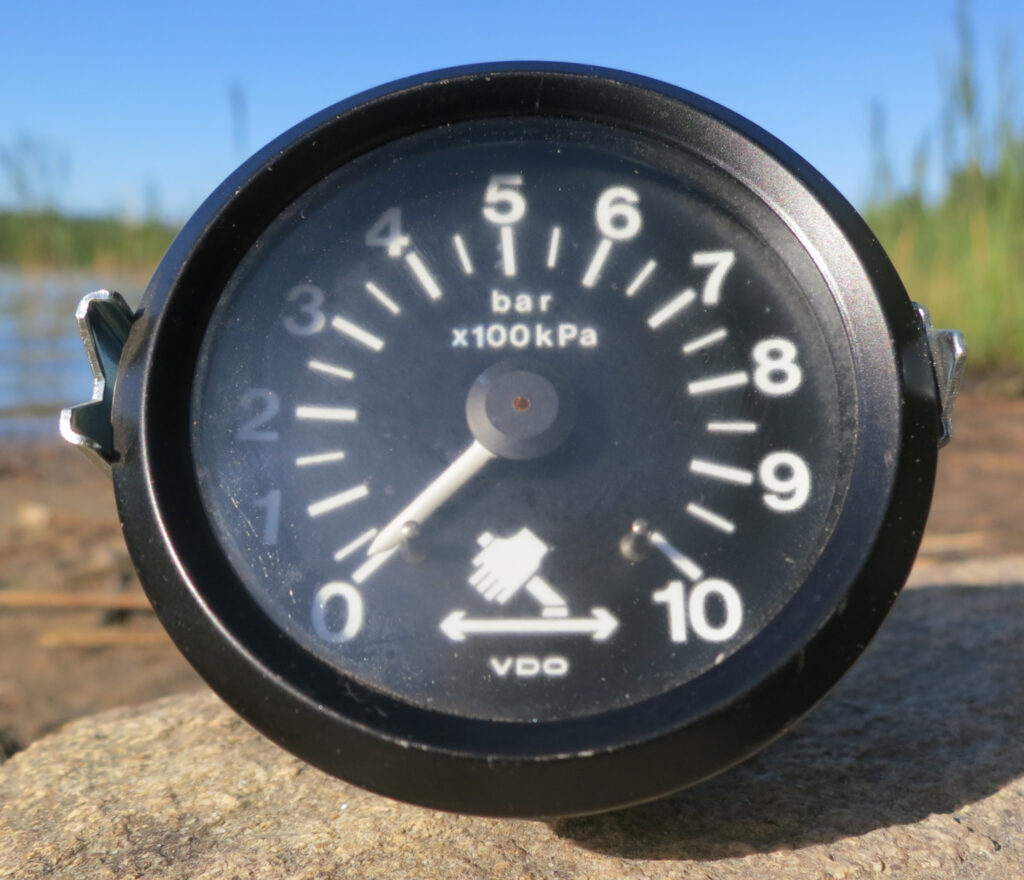
6. Drop in Oil Pressure
Oil serves as the critical lubricant for an engine’s myriad moving parts, playing an indispensable role in its longevity and performance. Therefore, a noticeable drop in oil pressure below the manufacturer’s recommended specifications is an immediate and grave concern. Such a decline can be a direct result of a worn-out oil pump struggling to maintain flow, or a clogged oil line impeding the passage of this vital fluid to critical components. Ignoring this warning sign is akin to running on borrowed time for your engine.
While an oil pressure indicator or gauge is a luxury found on very few motorcycles, typically on higher-end modern models or some vintage “oil-in-frame” designs where checking oil flow with the engine running was once possible, most riders rely on a warning lamp. This lamp illuminates with the ignition on and extinguishes once the motor starts and builds pressure. As a general rule of thumb, a healthy oil pump in prime condition should produce between 30-60 pounds per square inch (psi) during cold starts. A marginal, normal drop in pressure occurs as the engine warms up and the oil thins out, but anything significant is problematic. For bikes without a factory-supplied kit to check pressure, it’s back to old-school diagnostic methods.
The solution begins with the simplest steps: first, verify the engine’s oil level and ensure the correct viscosity oil is being used. Next, to conduct a more invasive check, remove the cylinder head and spark plugs (to prevent the engine from starting). Clean parts like rockers and the timing chain, then turn the engine over a few times using the self-starter or kick starter. If the pump is functioning correctly, oil should visibly ooze out from the oil line (often one of the dowels). Physical symptoms of low oil pressure include a burning oil smell, unusual grinding noises from the engine, overheating, and diminishing performance. A clogged oil filter can also be a culprit, restricting oil flow. If these symptoms are present, an engine flush should be performed, followed by fresh oil and a repeat of the diagnostic steps. If no oil flows even with clean lines, the focus shifts to the oil pump itself, which could require anything from a simple gasket replacement to an expensive overhaul or replacement of a worn-out pump. This is typically a “Medium to major” repair scale.
Read more about: Unsung Heroes of the Asphalt: 14 Low-Maintenance Classic Cars That Deserve a Spot in Your Garage
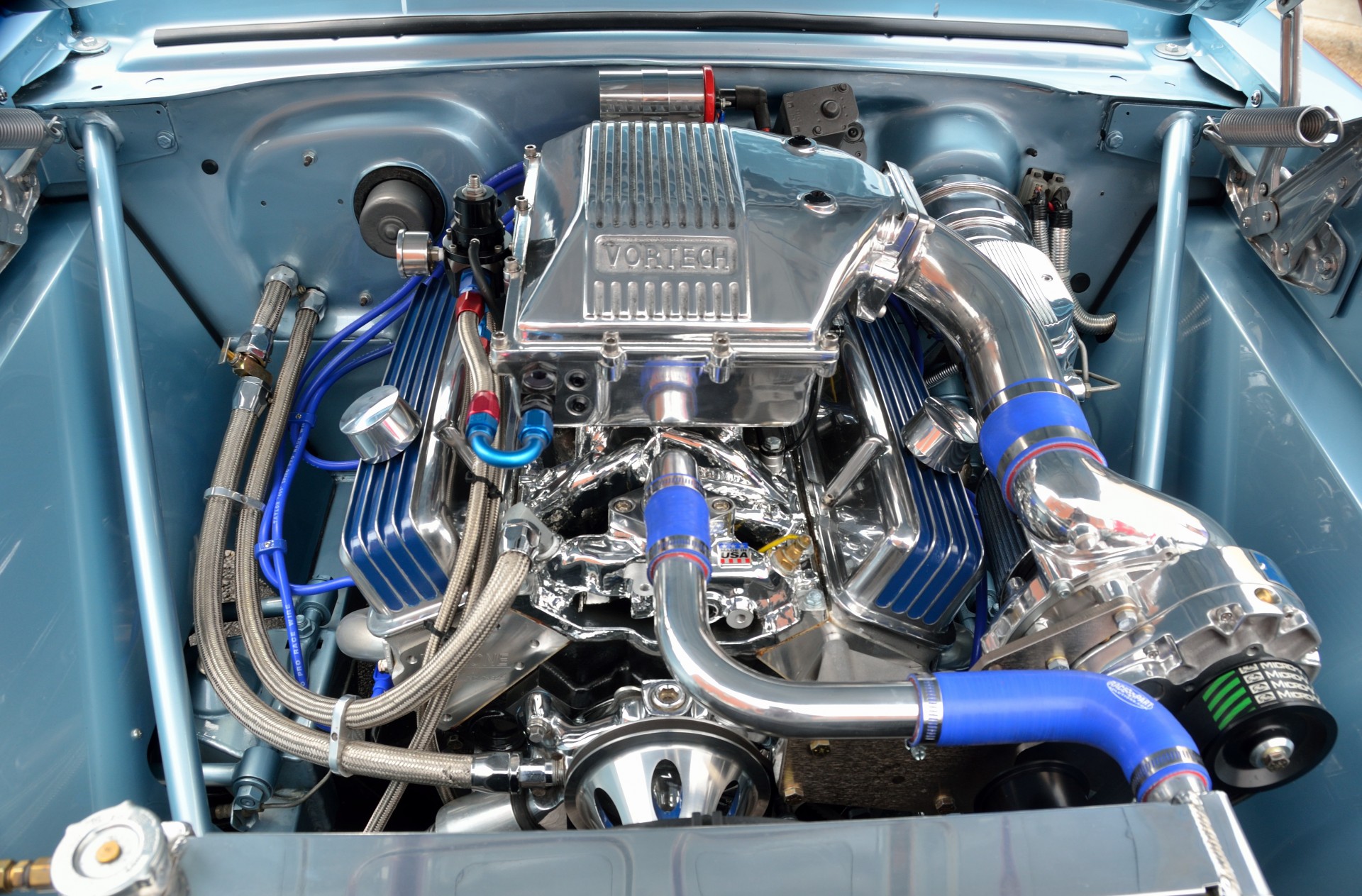
7. Engine Knocking, Loss of Power
The rhythmic symphony of a motorcycle engine is a testament to precision engineering, especially in a four-stroke motor that relies on a meticulously timed four-stroke cycle: intake, compression, combustion, and exhaust. Any disruption during these critical phases can lead to a significant drop in power and compromised engine performance. Riders will often notice unmistakable symptoms such as distinct engine knocking, an unsettling hissing sound, popping, or even backfiring, all indicating that the engine is not operating efficiently and demands immediate attention before minor issues escalate into major damage.
Before delving into deeper engine internals, it’s prudent to first check the more accessible systems. A clogged fuel line, stale or contaminated petrol, worn-out spark plugs, or a gummed-up fuel injector or carburettor are common and relatively easy fixes that can significantly impact engine performance. These components directly affect the fuel-air mixture and ignition, which are fundamental to the combustion process. Addressing these initial possibilities can often resolve knocking and power loss without the need for extensive repair work, saving both time and money for the enthusiast.
However, if the fuel and electrical systems are ruled out as the source of the problem, attention must then turn to the cylinder head and its components. The valves, valve guides, and valve seats should be meticulously examined for wear, damage, or improper seating. Problems in these areas can directly affect compression and combustion efficiency, leading to the symptoms described. Fixing any issues here, unfortunately, can be an expensive affair, as it typically requires specialist services and precision machining to restore the engine to optimal operating condition. The “Scale of repair” for these issues ranges from Medium to major, underscoring the potential for significant investment to restore power and smooth operation.
Read more about: Consumer Alert: 13 Essential Safeguards Against the Hidden Dangers of Buying a Car Sight Unseen Online
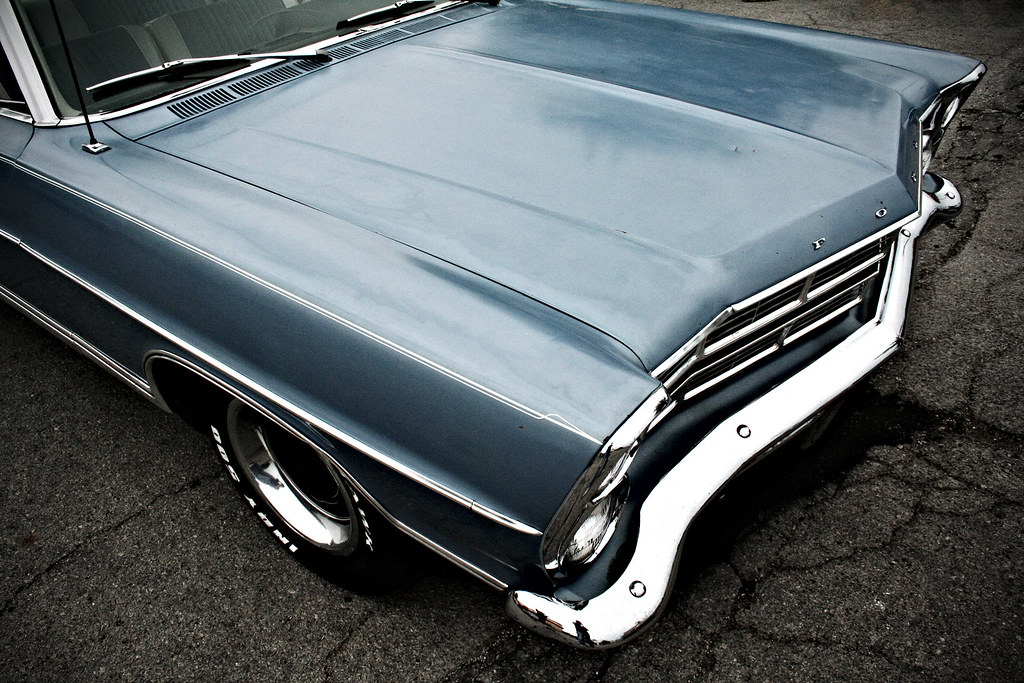
8. Unusual Mechanical noises
Beyond the familiar hum of a well-maintained engine, any new, irregular, or distinct mechanical noise emanating from your motorcycle is an immediate red flag. A motor that sounds anything but normal, especially when contrasted with its healthy counterparts, often indicates underlying wear and tear that demands attention. These auditory cues are the engine’s way of communicating distress from worn-out rockers and tappets, connecting rods, piston rings, the big end of the connecting rod, or even the timing chain, usually due to neglected maintenance or extended use beyond optimal tolerances.
Persistent unusual mechanical noises frequently necessitate a total engine rebuild, representing a comprehensive and often significantly expensive intervention. The scope of repair involves meticulously addressing the source of the noise, which often extends to replacing critical components within the engine’s core. This might include installing new valves, guides, and seats, along with fitting fresh pistons and rings.
Further into the engine’s architecture, issues could necessitate work on the crankshaft pin, along with the replacement of bearings and oil seals. Beyond these tangible parts, a rebuild of this magnitude will invariably involve extensive machine work, service charges, and the cost of various consumables. Given the complexity, using Original Equipment Manufacturer (OEM) parts is highly recommended to ensure genuine quality and compatibility, thereby guaranteeing trouble-free service and restoring the engine to its intended performance and operational longevity. The overall “Scale of repair” for these types of mechanical noise issues is consistently rated as Medium to Major.
Read more about: Consumer Alert: 13 Essential Safeguards Against the Hidden Dangers of Buying a Car Sight Unseen Online
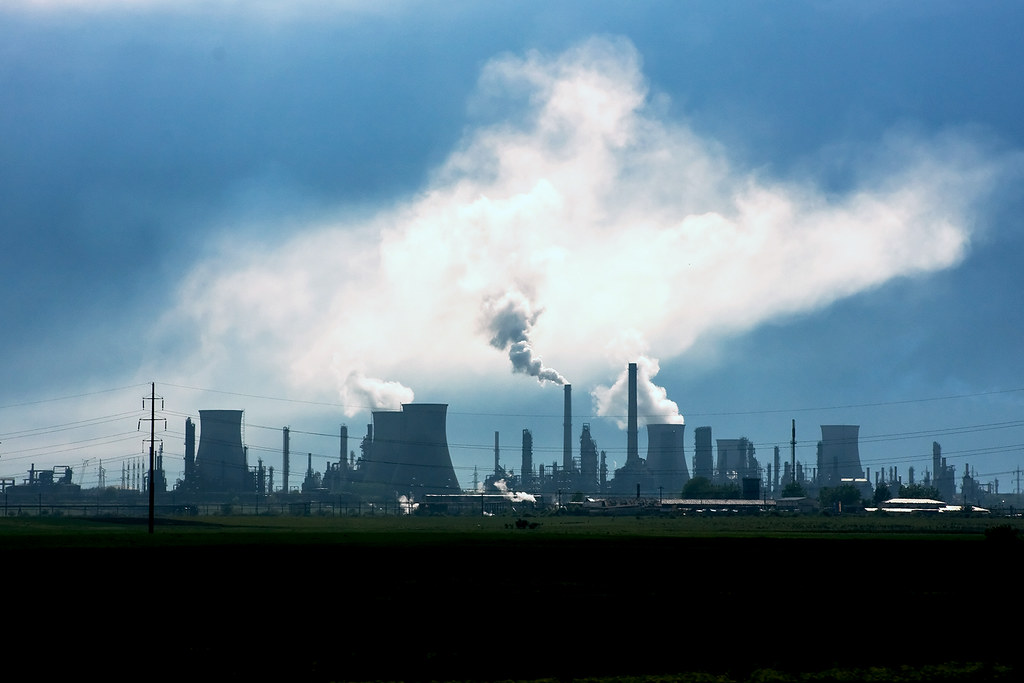
9. White smoke
While the presence of continuous white smoke can sometimes indicate a blown head gasket, another distinct and critical scenario arises when components like valves, valve seats, piston rings, or the timing chain begin to show significant signs of wear. This particular type of white smoke signals a different set of internal engine maladies, often pointing directly to engine oil burning within the combustion chamber. Notably, “Engine oil seal failure is quite common in two-stroke engines and it will result in large plumes of smoke,” a clear and unmistakable symptom that calls for immediate investigation.
The visible plumes of smoke are a direct byproduct of engine oil finding its way into areas where it doesn’t belong, subsequently burning off during the combustion process. This unwanted oil consumption directly leads to the depletion of crucial engine oil levels, which in turn severely compromises the lubrication of vital moving components. The result is an insidious cycle of increased friction and accelerated wear on parts that rely on a constant, clean oil film for their survival, progressively shortening the engine’s lifespan and escalating eventual repair costs.
To accurately diagnose the source of white smoke, a methodical, step-by-step approach is essential, effectively utilizing the process of elimination. The investigation should logically begin from the top of the engine, meticulously examining the cylinder head for any signs of valve leaks. Concurrently, the condition of the cylinder bore and the piston itself must be thoroughly factored into the assessment, looking for any scoring, excessive wear, or other indicators of compromise that could facilitate oil ingress.
If these initial checks confirm suspicions of oil seal failure, then the engine’s total disassembly becomes an unavoidable necessity. This critical step provides direct access to the seals for their proper inspection and replacement. The “Scale of repair” for issues manifesting as white smoke typically falls within the Medium to Major range, reflecting the extensive labor and parts often required to fully rectify the problem and restore engine integrity.
Read more about: Halle’s Timeless Wonders: Revealing the Enduring Charms of a Historic German City

10. After-effects of modifications
The appeal of personalizing a motorcycle with aftermarket products is undeniably strong, particularly among enthusiasts eager to infuse their machines with unique character. While cosmetic enhancements merely add aesthetic value, a significant problem arises when performance-related modifications are introduced without careful consideration. A “mismatch of aftermarket parts like silencers, fuel delivery systems, sub standard air filters or mods made to chassis, wheel set-ups or other performance related modifications” can profoundly impact the intricate balance of an engine’s operation, turning a desire for improved performance into a mechanical liability.
Consider the example of a free-flow aftermarket silencer. While it may deliver a desired throaty and entertaining exhaust note, its design can inadvertently “impact the back pressure values” that the engine’s original engineering relies upon for optimal performance. Similarly, an improper aftermarket air filter poses a dual threat: it can either “restrict air flow or allow excess air to go inside the intake manifold.” Both scenarios disrupt the meticulously calibrated fuel-to-air mixture essential for efficient combustion.
The critical consequence of these unharmonized modifications is often a significant alteration of the “Stock fuel-to-air settings.” This can lead to either “lean or rich running motors,” each presenting its own set of severe issues. A lean condition, for instance, can cause the engine to overheat, dramatically increasing internal temperatures and stress. Conversely, a rich mixture can lead to excessive carbon buildup and inefficient combustion, both of which can ultimately “burn out the motor prematurely.” Such outcomes not only negate any perceived performance gains but also incur substantial, unplanned repair expenses.
To mitigate these risks, it is imperative for riders considering modifications to “First find model-specific recommended performance parts from specialists or the manufacturer.” The context explicitly warns that “Substandard parts will prove costly eventually. Avoid it if possible,” emphasizing that the initial savings from cheaper components are quickly dwarfed by subsequent repair bills. Ultimately, “A burnt out engine is quite expensive to repair or to refurbish,” making informed decisions about modifications a crucial aspect of long-term engine health. The “Scale of repair” for rectifying the after-effects of poorly chosen modifications is typically Medium to Major.
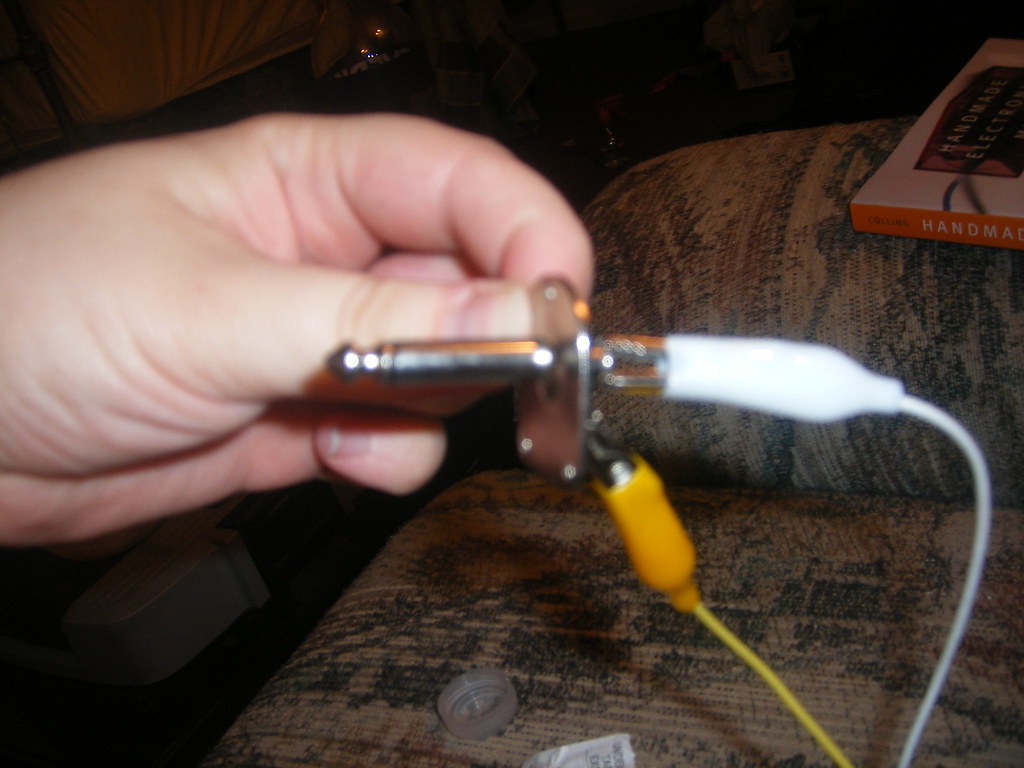
11. Misfiring/plug shorting
An engine that misfires, interrupting its rhythmic combustion cycle, is a clear indicator that something is fundamentally amiss with the ignition or fuel delivery system. This common issue often “happens when there’s a problem with the ignition timing,” where the spark is delivered at an incorrect point in the engine’s cycle, disrupting the power stroke. Alternatively, “faulty valve settings” can also contribute to misfiring by compromising the precise sealing of the combustion chamber or the proper introduction of the fuel-air mixture. Less frequently, but equally impactful, “Generator problems are rare and can impact the CDI unit’s performance if the rate of current produced is not what is required,” leading to an inconsistent or weak spark.
A particularly critical point of failure in the electrical system involves the regulator rectifier, an often-overlooked but vital component. “In cases, where the regulator rectifier (the finned part that converts AC to DC and checks over voltage) fails,” the consequences can be far-reaching and destructive. This crucial unit is responsible for converting the alternating current generated by the stator into direct current for the bike’s electrical systems and, critically, for regulating voltage to prevent overloads. A failure here can lead to excessive voltage, which “can also cause a host of electrical problems from plug shorting, HT coil failure to blown bulbs,” cascading into widespread electrical system damage and jeopardizing the engine’s consistent operation.
Addressing misfiring and plug shorting requires a targeted diagnostic approach. If “the generator is at fault, do not attempt to have it repaired.” Instead, the recommendation is to “Replace with factory supplied OEM parts for perfect results,” ensuring reliability and compatibility. For issues related to the regulator rectifier, the good news is that it “is a quick fix and is not an expensive part to replace,” making it a relatively straightforward repair once diagnosed. Given the potential for electrical system damage and the critical role these components play in engine function, the “Scale of repair” for misfiring and plug shorting issues is typically rated as Medium to Major, depending on the extent of the damage incurred.

12. Transmission issues
The evolution of motorcycle design has increasingly integrated the engine and transmission into a “common shroud,” a unitary construction that streamlines manufacturing and packaging. Consequently, any significant work on the transmission system is now frequently “included in engine rebuilds or refurbishing estimates,” underscoring the interconnectedness of these vital components. While routine maintenance, such as the replacement of cables and adjusters, helps keep the transmission operating smoothly, serious internal problems can emerge. These often stem from critical oversights like “running the motor on low engine oil levels or use poor quality oils, incorrect viscosity oils,” all of which directly compromise the lubrication and protection of gears and clutch assemblies.
When transmission components are subjected to inadequate lubrication or extreme stress from improper oils, the consequences can be severe. Riders might face the unwelcome prospect of “fried clutch plates or worn out gears, bushes etc.,” which directly impact the motorcycle’s ability to transfer power efficiently. Common symptoms that signal these internal issues include “clutch slipping,” where the engine revs without a corresponding increase in wheel speed; “engine overheating,” due to increased friction within the drivetrain; or the frustrating experience of “missing gears,” indicating worn shift forks or damaged gear teeth. It’s also noteworthy that “Performance motorcycles these days come with slipper clutch assemblies,” designed to prevent wheel hop during aggressive downshifts, but even these sophisticated units are not immune to the effects of poor maintenance or component failure.
For less severe transmission issues, the solution often begins with replacing “among consumables are the clutch and friction plates that usually wear out and have to be replaced.” The cost of these replacements, of course, “depends on the brand and motorcycle model.” However, when “gearbox work is involved,” the repair becomes significantly more complex. Depending on the specific problem observed, this can entail “refurbishing or replacing parts like gears, shafts, linkages, bushes and guides,” often necessitating “a few trips to the machine shop” for precision work. This in-depth intervention elevates the “Scale of repair” to a Medium to Major category, reflecting the specialized knowledge and labor required to restore seamless power delivery.
Read more about: Unsung Heroes of the Asphalt: 14 Low-Maintenance Classic Cars That Deserve a Spot in Your Garage

13. Waterlogging
The monsoon season, or any significant flooding event, can prove devastating for motorcycles, particularly those that become submerged in dirty water. This environmental hazard allows water to ingress into critical engine components “via the air filter or silencer or fuel tank,” bypassing the protective barriers of a dry operational environment. The most immediate and severe consequence of such ingress is “This occurrence will hydrolock the engine and cause expensive damage to the engine parts.” Hydrolock happens because “Water doesn’t compress that easily,” meaning “if excessive water gets into the cylinders, the piston or related components like the piston rod can break as it tries to compress it,” leading to catastrophic mechanical failure.
In such a critical scenario, “Time is of essence” to mitigate further damage. Swift action is paramount to “avoid rust build up and lubricating oil losing its protective properties,” both of which can rapidly exacerbate the internal damage. The initial step in remediation involves a thorough “engine will require thorough flushing from top to bottom” to expel all contaminated water and debris. This extensive cleaning is vital to prevent long-term corrosion and to restore the lubrication pathways.
Beyond the engine’s primary block, a meticulous inspection extends to opening “crankcase covers and check for water inside the generator area, pick-up coil etc.” These components, crucial for the motorcycle’s electrical generation and ignition timing, must be “removed, cleaned and dried before refitting” to prevent electrical shorts and corrosion. The same rigorous cleaning protocol applies to “the clutch and oil pump assembly and fuel tap and fuel tank,” ensuring every system potentially affected by water ingress is fully decontaminated. Furthermore, it is essential to “Change all consumables with new ones— oil, fuel, air filters,” as these would have been compromised by the water.
While swift and thorough action can minimize damage, “The worst hit are the engine bearings,” which are highly susceptible to rust and lubricant degradation. Even after an exhaustive clean-up, there remains “a minuscule probability that they could be impacted if the oil lines are not 100% clean,” highlighting the enduring vulnerability. The ultimate diagnostic for success, post-remediation, is to “Just start the engine after the clean-up job is done.” However, “If there are unusual and continuous mechanical noises, then a re-inspected is required that might involve completely dismantling the engine find the root cause.” This level of intervention squarely places waterlogging in the “Medium to major” “Scale of repair,” often leading to costly and extensive rebuilds.
Read more about: Unlocking Your Green Thumb: Essential Care Secrets for Thriving Houseplants, According to Experts
14. Cracked piston
A cracked piston, while sharing some common ground with a fully seized or broken one, presents its own distinct set of diagnostic signals that differentiate it from immediate catastrophic failure. Recognizing these specific symptoms is crucial for early intervention. Riders may observe “white or blue exhaust smoke,” indicative of oil burning due to the piston’s integrity being compromised. This often accompanies “excessive oil consumption,” as lubricant bypasses the damaged piston rings through the crack. Furthermore, a discernible “decrease in engine performance and engine power,” alongside “a reduction in engine compression for the affected cylinder,” are direct consequences of the compromised sealing capacity within the cylinder.
Unlike a piston that has completely broken into fragments, a crack can initially allow the engine to continue running, albeit poorly. However, this seemingly lesser damage is still a critical flaw that will inevitably worsen. The crack acts as a weak point, jeopardizing the structural integrity of the piston under the immense pressures and temperatures of combustion. If left unattended, the crack will propagate, leading to a complete piston failure, which can then inflict secondary damage on the cylinder liner, connecting rod, and even the crankshaft.
The solution to a cracked piston is unequivocally a “no brainier.” It is “obvious that the broken components have to be replaced with new ones.” Repairing a cracked piston is not a viable option; only full replacement can restore the engine’s integrity and performance. The financial implications can quickly escalate, as “Costs will go up if the broken part has damaged other parts inside the engine,” making a seemingly isolated crack a precursor to a much larger, more expensive repair. Therefore, “Full disassembly is recommended for peace of mind,” ensuring that any collateral damage is identified and addressed, preventing future issues. This necessitates a “Medium to major” “Scale of repair,” reflecting the comprehensive work required to fully rectify the issue and restore engine health.
Read more about: America’s Automotive Hall of Shame: Unforgettable Engineering Blunders and the Cars We Love to Lament
Having journeyed through these critical warning signs, from the unsettling clatter of mechanical noises to the silent destruction of hydrolock and the insidious creep of a cracked piston, it becomes abundantly clear that vigilance is a rider’s most valuable asset. Each symptom explored is a vital piece of the diagnostic puzzle, offering a window into the complex internal workings of your motorcycle’s heart. Understanding these indicators, coupled with a commitment to meticulous maintenance, empowers you to transform potential “wallet-sized disasters” into manageable repairs. It’s about preserving the lifeblood of your machine, ensuring every twist of the throttle brings pure, unadulterated riding joy, powered by an engine that runs as strong and reliably as the day it left the factory, if not better. This knowledge is your ultimate tool on the open road.



